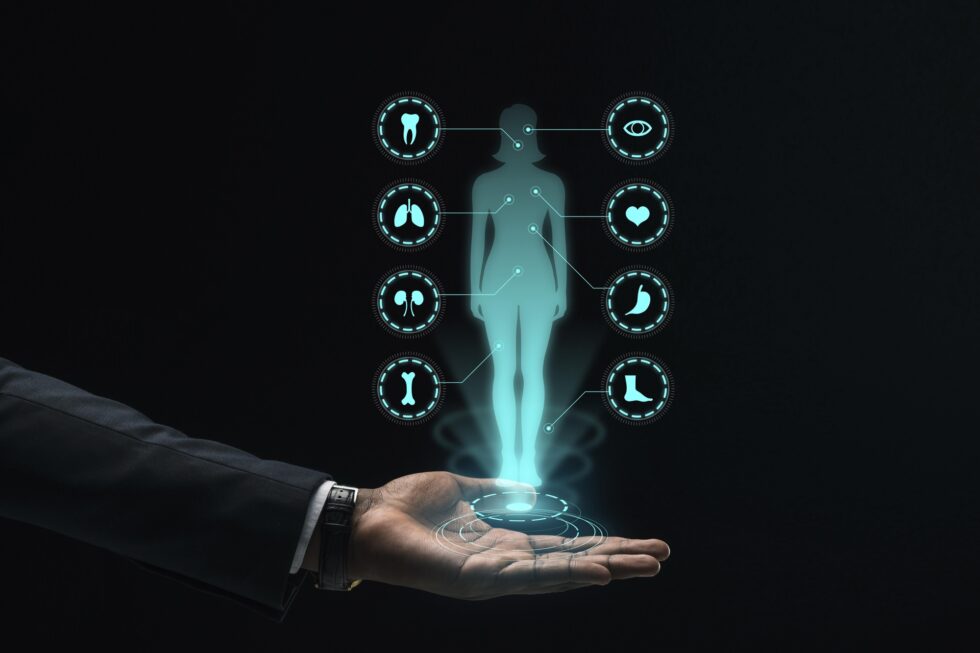Artificial Intelligence is undergoing a transformation not only in how it works, but in who gets to use it. Once confined to research labs and tech giants, AI is now becoming accessible to individuals, startups, and non-traditional developers across the globe. This shift—commonly referred to as the democratization of AI—is opening doors to a new era of inclusive innovation.
At its core, the democratization of AI is about distributing access. It’s not just about making AI tools cheaper or easier to use. It’s about enabling people from all walks of life to understand, control, and shape the AI systems that influence their world.
This blog explores how this power shift is changing the rules of participation, empowering diverse voices, and transforming the future of AI.
A Look Back: When AI Was a Closed Club
For much of AI’s history, the barriers to entry were steep. Developers needed extensive education in computer science and mathematics. Training a model required expensive hardware and massive datasets. Without funding, infrastructure, or specialized talent, most individuals and small organizations were excluded.
This exclusivity meant that the design, purpose, and deployment of AI was largely dictated by a handful of powerful corporations and institutions. As a result, early AI systems were often built for efficiency, profit, or scale—rather than for inclusion, ethics, or community-specific needs.
That is now changing.
What Does It Mean to Democratize AI?
Democratizing AI doesn’t just mean handing out free tools. It means:
-
Providing accessible education that demystifies AI concepts for people without technical backgrounds.
-
Offering open-source tools and platforms that simplify AI development and deployment.
-
Empowering non-technical users through low-code and no-code AI solutions.
-
Encouraging participatory design, where communities shape the AI solutions built for them.
Ultimately, it’s about ensuring AI is co-created by the many—not controlled by the few.
Why AI Democratization Matters Now More Than Ever
1. Diverse Problems Require Diverse Perspectives
From healthcare disparities to climate challenges, the world’s most urgent problems cannot be solved by a single perspective. When AI is only built by a narrow group, it tends to overlook—or misrepresent—the needs of others. Democratization invites new viewpoints, leading to solutions that are more relevant, inclusive, and effective.
2. Local Innovation Is Powerful
No one understands a community’s needs better than its own members. When local innovators have access to AI, they can design tools that are culturally appropriate, linguistically relevant, and tailored to unique social dynamics.
3. Wider Participation Builds Ethical Awareness
By expanding the number of people involved in AI development, we also increase public awareness about data ethics, bias, and accountability. A more informed society is better equipped to demand fair and transparent AI systems.
The Tools Making AI More Accessible
🧠 Open-Source Libraries
Libraries like TensorFlow, Keras, and Scikit-learn allow anyone to access pre-built AI models and algorithms. This reduces the learning curve and speeds up development for newcomers.
🔧 AI-as-a-Service (AIaaS)
Cloud providers now offer AI tools that can be accessed via a simple web interface. Developers no longer need their own servers or infrastructure to train or deploy models.
🖱️ No-Code Interfaces
Platforms like Teachable Machine and Lobe allow users to build AI models without writing a single line of code. These platforms are especially useful for educators, artists, and community organizers.
🎓 Free Online Education
From YouTube tutorials to full-scale courses from major universities, educational content is now widely available—often at no cost. Learning AI has become more accessible than ever before.
Case Studies: When Access Leads to Impact
📱 AI for Health in Africa
In Kenya, a small team used open-source AI tools to build an app that diagnoses malaria using smartphone images. With limited funds but strong local knowledge, they created a solution faster and cheaper than any foreign aid project.
🧩 Empowering Nonprofits
An education nonprofit in India trained its staff to use no-code AI tools to analyze student performance. The insights helped them design better curriculums for rural schools with limited digital access.
📊 AI for Small Businesses
In Brazil, a bakery used AI-powered inventory tools to reduce waste and improve profits. They didn’t hire a data scientist—they used a template-based AI assistant that worked out-of-the-box.
These stories show how real-world impact emerges when AI is placed in more hands.
The Remaining Challenges
Despite progress, true democratization is still a work in progress. Key barriers include:
⚠️ Access to Internet and Devices
Millions around the world still lack stable internet or basic digital infrastructure. AI can’t be democratized if foundational digital access isn’t secured first.
⚠️ Language and Localization
Most AI tools are built for English-speaking users. To be truly global, interfaces and datasets must support more languages and cultural contexts.
⚠️ Algorithmic Bias
Biases in AI can be perpetuated—even unintentionally—by those with little awareness of how algorithms work. Democratization must come with responsible design practices.
⚠️ Knowledge Gaps
Even with no-code platforms, understanding how AI behaves and why it makes certain decisions is complex. Without education and transparency, misuse is a risk.
Building a Culture of Responsible Innovation
As AI becomes more accessible, there is an urgent need to pair democratization with ethical education.
This means:
-
Teaching people how AI decisions are made
-
Highlighting the dangers of biased data
-
Encouraging transparency and documentation
-
Ensuring consent and privacy in data collection
Only when users are both empowered and informed can democratized AI remain a force for good.
The Road Ahead: What Comes Next?
The future of AI lies not just in technological advances, but in wider participation. To truly unlock the potential of AI, we must:
-
Build multilingual, culturally inclusive tools
-
Partner with community organizations to co-design solutions
-
Encourage governments to support open innovation policies
-
Elevate stories of local success to inspire global momentum
The democratization of AI is a movement—not a moment. It’s an ongoing effort to ensure that intelligence is shared, innovation is inclusive, and technology works in service of all humanity.
Conclusion
The democratization of AI is one of the most exciting developments of the 21st century. It represents a shift in power—from central authorities to everyday innovators, from elite labs to grassroots problem solvers.
But it’s not automatic. We must actively build the frameworks—technical, educational, ethical—that support equitable participation in AI.
If we succeed, we won’t just change who builds AI. We’ll change what AI is built for—and who it serves.
A world where AI belongs to everyone is a world rich in ideas, fairness, and possibility.
- The Power Shift: How AI Democratization is Redefining Access and Opportunity
- Discover how AI democratization is unlocking global innovation, giving individuals and small organizations the tools to build, solve, and lead.
- The Democratization of AI
Related posts:
 How To Fix System Downtime And Resolve Performance Bottlenecks?
How To Fix System Downtime And Resolve Performance Bottlenecks?
 Fast and Easy Solutions to Resolve Orbi 970 WiFi Setup Issues
Fast and Easy Solutions to Resolve Orbi 970 WiFi Setup Issues
 Why a White 2-Slice Toaster Is the Perfect Addition to Any Modern Kitchen?
Why a White 2-Slice Toaster Is the Perfect Addition to Any Modern Kitchen?
 Why Linux VPS Hosting Is the Best Choice for E-commerce Websites
Why Linux VPS Hosting Is the Best Choice for E-commerce Websites
 Purchase Facebook Post Likes with PayPal – Fast, Safe & Guaranteed
Purchase Facebook Post Likes with PayPal – Fast, Safe & Guaranteed
 Best AI Crypto Presale Projects to Watch in 2025: Where AI Meets Web3
Best AI Crypto Presale Projects to Watch in 2025: Where AI Meets Web3
 Xpressio: The Secret Sauce Behind Stress-Free Event and Wedding Planning
Xpressio: The Secret Sauce Behind Stress-Free Event and Wedding Planning
 Davrilsupply VS Other Clothing Two Paths to Contemporary Fashion Mastery
Davrilsupply VS Other Clothing Two Paths to Contemporary Fashion Mastery







